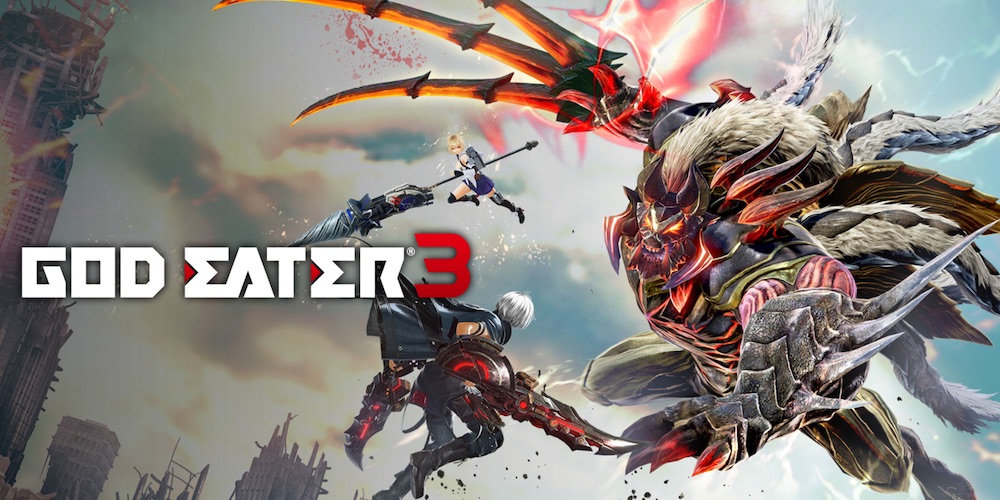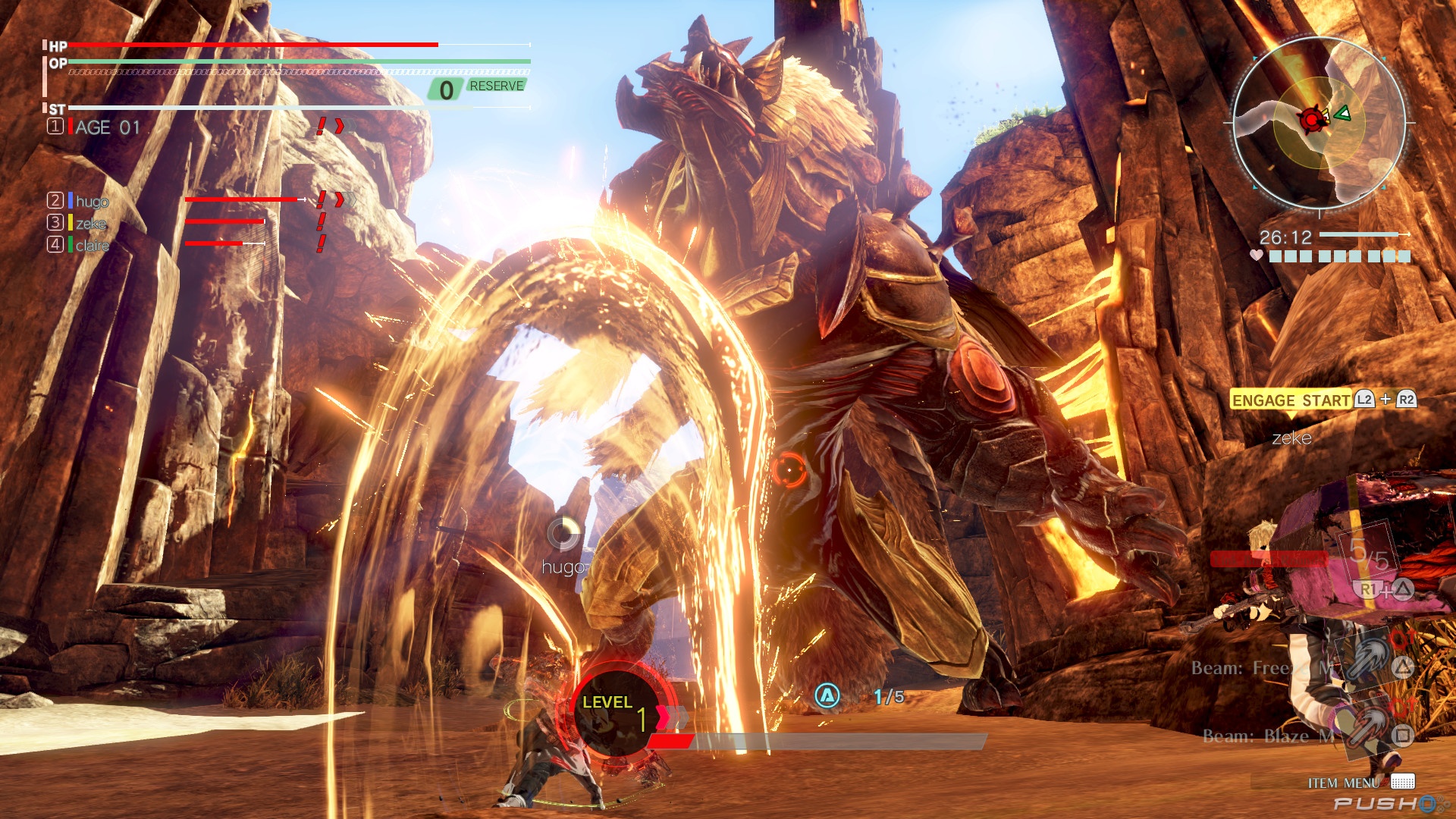
In gaming today, it’s not uncommon to see a single series go on to foster a whole genre of titles inspired by a particular style of design. Games like Dark Souls, Super Metroid and Castlevania, have gone on to inspire dozens of games that categorise themselves as what came before. Monster Hunter has created a similar trend recently, and the success of Monster Hunter World opens up all these other games to a whole new fanbase. Arguably the largest of the lot is God Eater, a series that has quietly been releasing entry after entry to relatively strong critical reception. Nine years after its inception, the genre of what I’ll refer to as “Monster Hunter-likes” has taken off in the West and still retains its immense popularity in Japan, so it was only a matter of time until the third numbered entry in the series was to be released.

One major difference between God Eater and Monster Hunter is that the former has a stark focus on narrative and the development of its characters. God Eater 3 is set within a dystopia where the Aragami (monsters) have ravaged a vast majority of the world, leaving it on the brink of collapse. This, coupled alongside a strange catastrophic event known as the Ashlands, had left humanity on its last legs, trying to defend what’s left through the use of a military force known as the God Eaters. Despite its farfetched foundations, God Eater 3 presents an interesting and thought-provoking setting that you don’t typically find in a game like this.
It doesn’t retain this sense of mystery for its entirety, but it more than makes up for it with strong characters that receive a substantial amount of development across its 30-hour narrative. You play as a player-created character struggling to get by with his childhood friend, Hugo, as God Eaters. Some of the few God Eaters left who are willing to venture into the threat of the Ashlands to deal with the Aragami threat. There’s a strong sense of camaraderie and friendship between the protagonist and Hugo, while newly introduced characters fill crucial roles in the story and game world to push the narrative forward. It creates a palpable sense of realism, one that enforces the idea of God Eater 3’s setting has been around long before you step foot in it.

In terms of gameplay, God Eater 3 has an almost identical loop to Monster Hunter, but the execution of this loop is quite different. God Eater’s combat mostly focuses on God Arcs, weapons that devour and become stronger by devouring Aragami. As a result of this, there’s a distinct lack of crafting when it comes to armour sets and build variants in favour of a more expansive suite of options when it comes to what you want to take into battle. There are numerous weapon types to choose from, some of which are pretty standard such as dual daggers and greatswords, while others are more outlandish like large scythes or the ring-bladed Heavy Moons, and this is before you choose what skills and abilities you want to use on that weapon. It all adds up to create an ever-evolving combat flow and progression despite the title’s apparent lack of other customisation.
Unfortunately, quest design feels by the numbers and is uninspired and repetitious in nature. Some of this is broken up by new Aragami design, or a few new mechanics are thrown into the mix, but the game gets off to a slow start that doesn’t pick up much more speed by the time it’s over. More often than not, you’re thrown in an area with the task of finding a specific Aragami, and then slaying it. The locales these quests take place are distinct from one another, but none of them stick out in my memory the same way other ecosystems in similar games do. Some of the challenges ramp up quite a bit towards the end of the campaign with even deadlier Aragami that have some awesome looking designs.

Hacking and slashing at the same enemies would get old quick in most games, but switching up your strategies, making ample use of aerial attacks, and using the God Arc’s ability to turn into a ranged weapon is pivotal to getting the most out of combat. Once you get used to its systems, God Eater 3 becomes a fast-paced flow of dodging, slashing, and shooting, but it doesn’t take too long for weapons to unveil their limited depth. Devouring Aragami to empower attacks and expand weapon capabilities helps ease the tedium, but it’s a noticeable issue towards the end of the game. Slaying Aragami and completing quests will reward you with parts you can use to craft and upgrade new weapons, which is as satisfying as ever when it comes to player progression.
Technically, God Eater 3 is a bit of a mixed bag. While the game looks great in the heat of the moment, taking the time to properly look at the world reveals some ugly textures and a lack of detailing in the general environment. When you aren’t taking time to absorb those details in, though, God Eater 3 becomes a pretty game with some good looking particle effects and fantastic enemy, weapon, and character design. Fortunately, the game runs great too, and I experienced no issues across my 35 hours with the game.

God Eater 3 is a game that takes a still relatively niche genre and does some interesting things with it both narratively and in terms of gameplay. It’s a much more story-focused experience with an interesting world and compelling cast of characters that’s currently unrivalled by other games of its type, but it’s also ultimately held back by its gameplay. There’s a distinct lack of combat depth later on in the game, the locales feel uninspired, and its repetitive nature makes God Eater 3 a title I can only recommend to those itching for more games of this kind.











